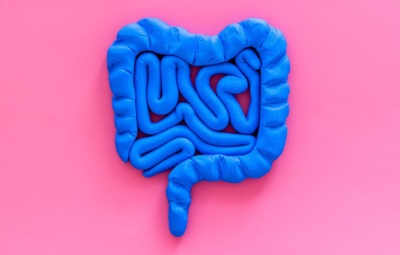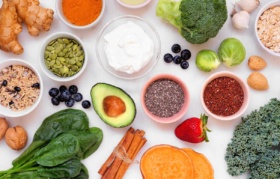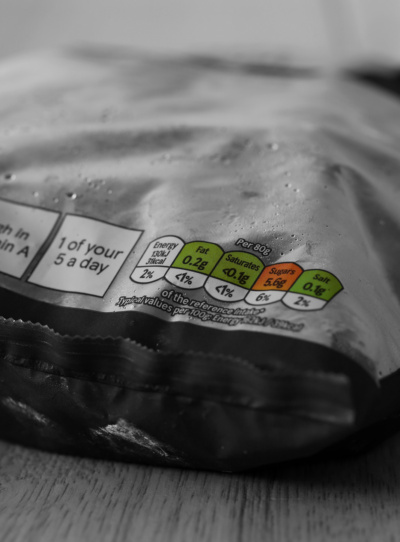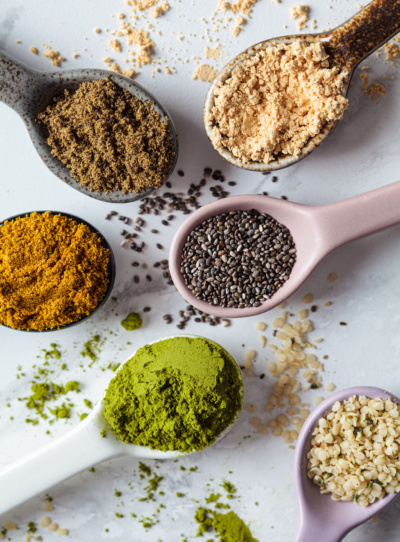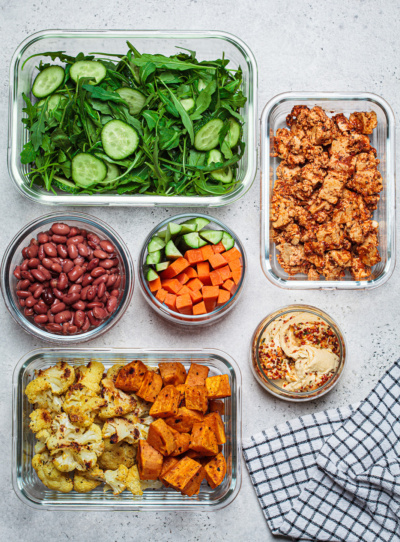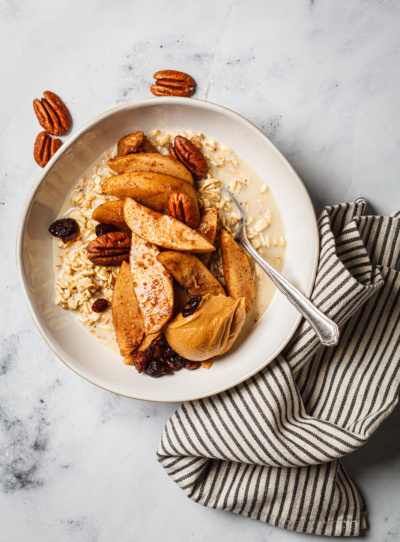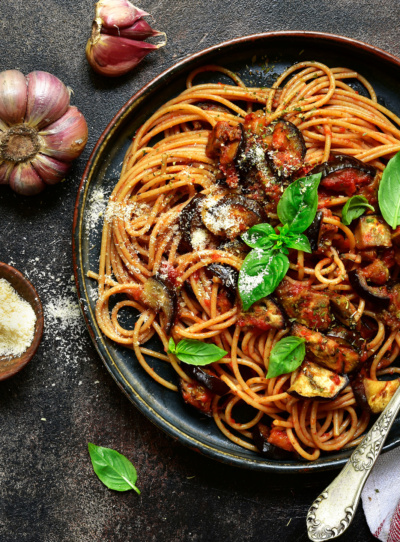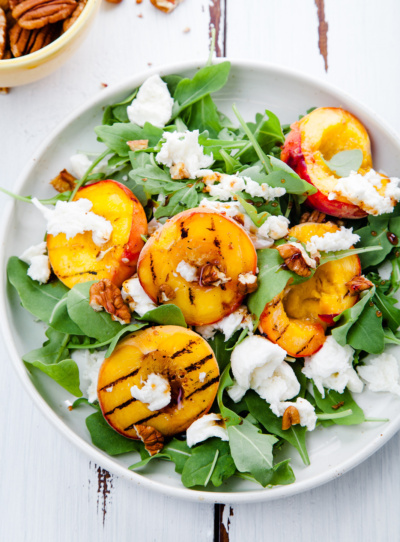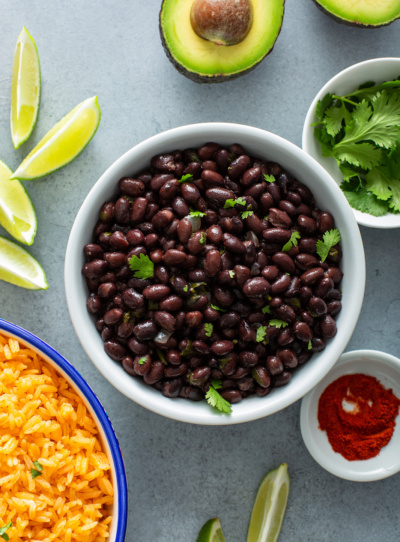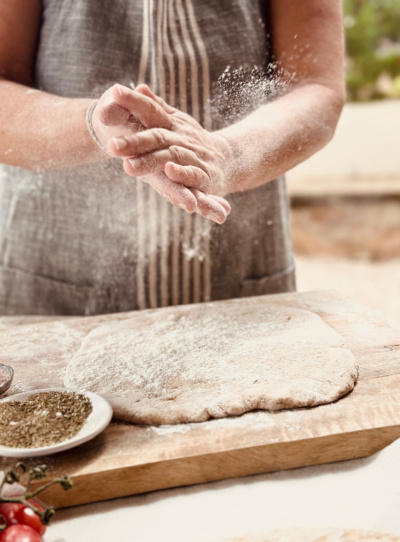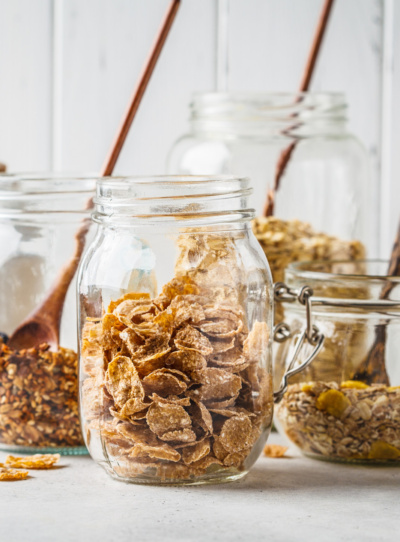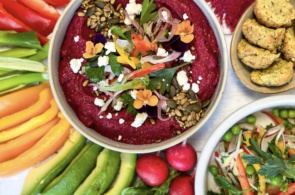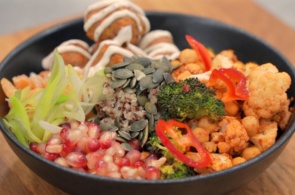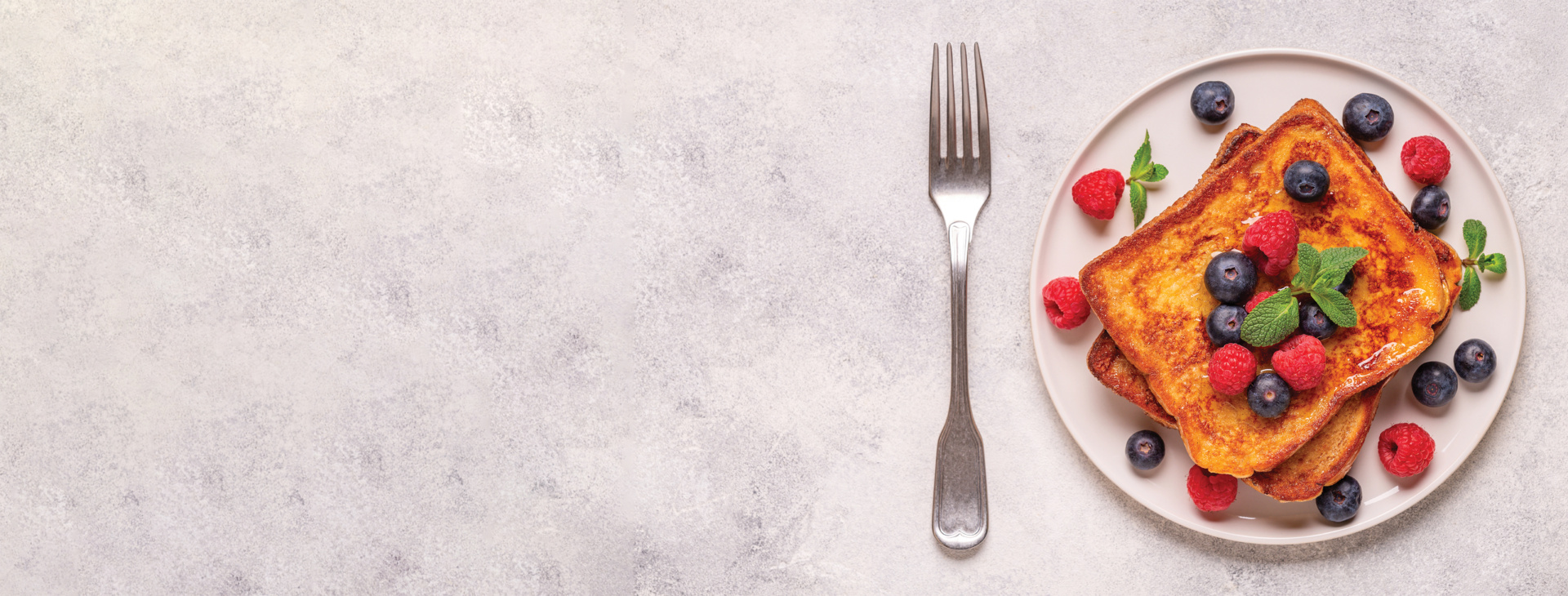Probiotics are “good” live microorganisms which can benefit our health by improving the balance of our gut bacteria. Probiotics are usually consumed through supplements or can be added to foods like yoghurt. They are generally considered safe for healthy people, however, they may not be suitable for everyone, including those with a weakened immune system. Please visit the NHS website for more information14.
Fermented foods include kefir (fermented milk), kombucha (fermented tea) and kimchi (fermented vegetables). They may contain live microorganisms and therefore may contribute to health in a similar way to probiotics, however, it depends on the individual product and the way in which it was produced/stored15.
The use of any of these ingredients should be as part of a healthy, balanced diet and not a substitute for any food, food group or nutrient.

